WEBINAR - En route vers l'avenir : un guide pour la transformation digitale du transport ferroviaire de marchandises
En route vers l'avenir : un guide pour la transformation numérique du transport ferroviaire de marchandises - Comment les entreprises surmontent les défis et saisissent le potentiel de l'innovation
.png)
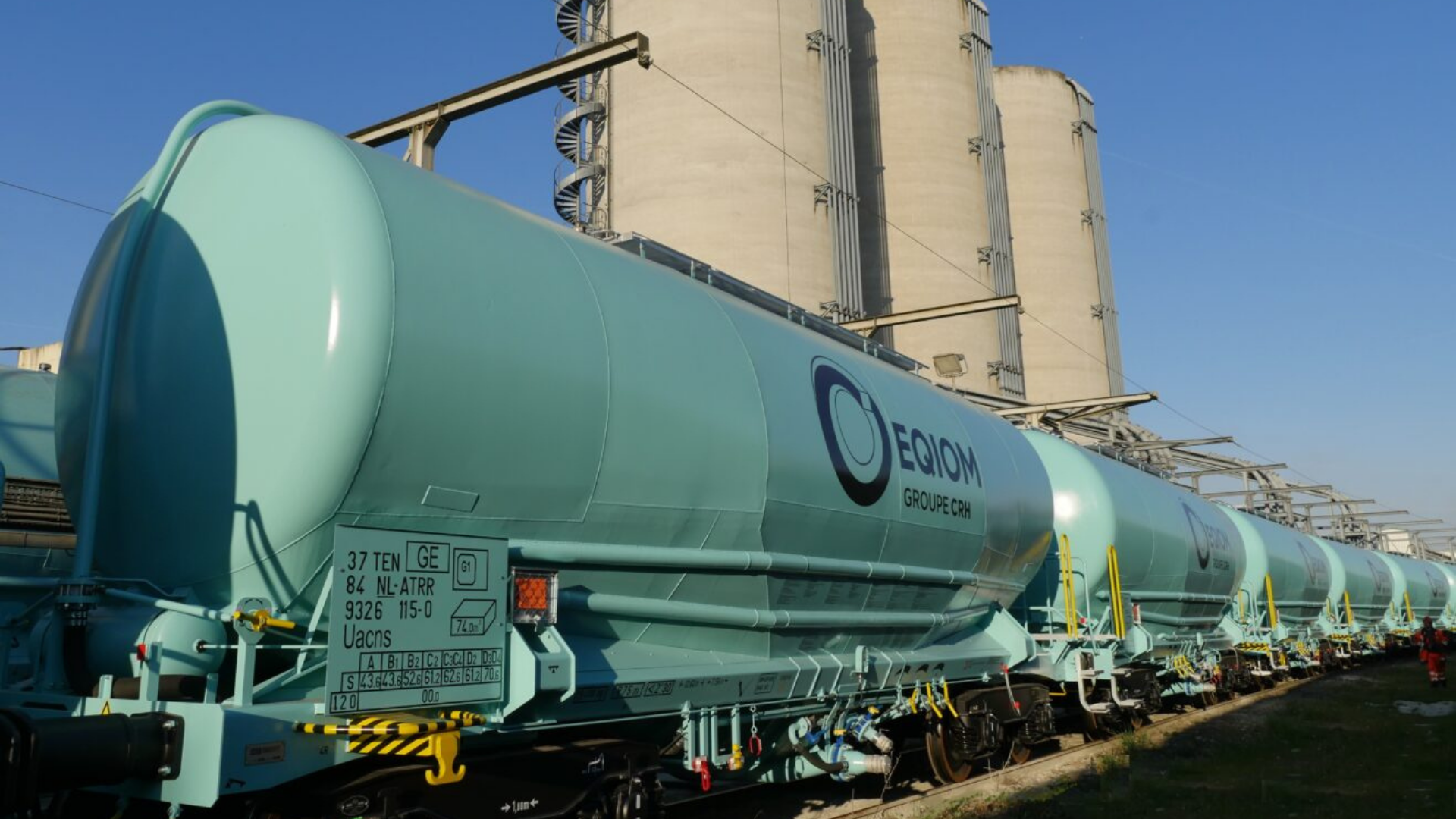
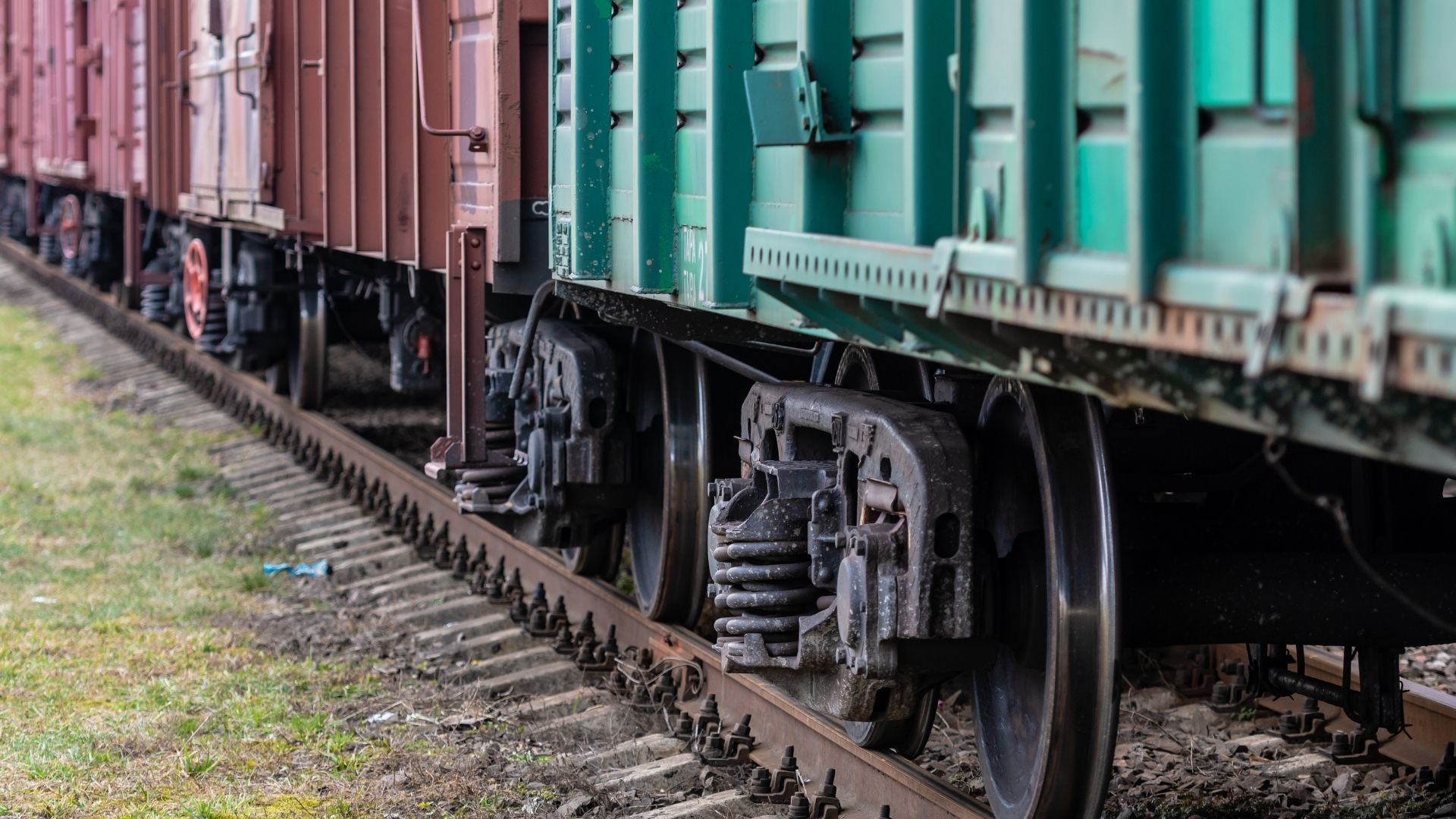
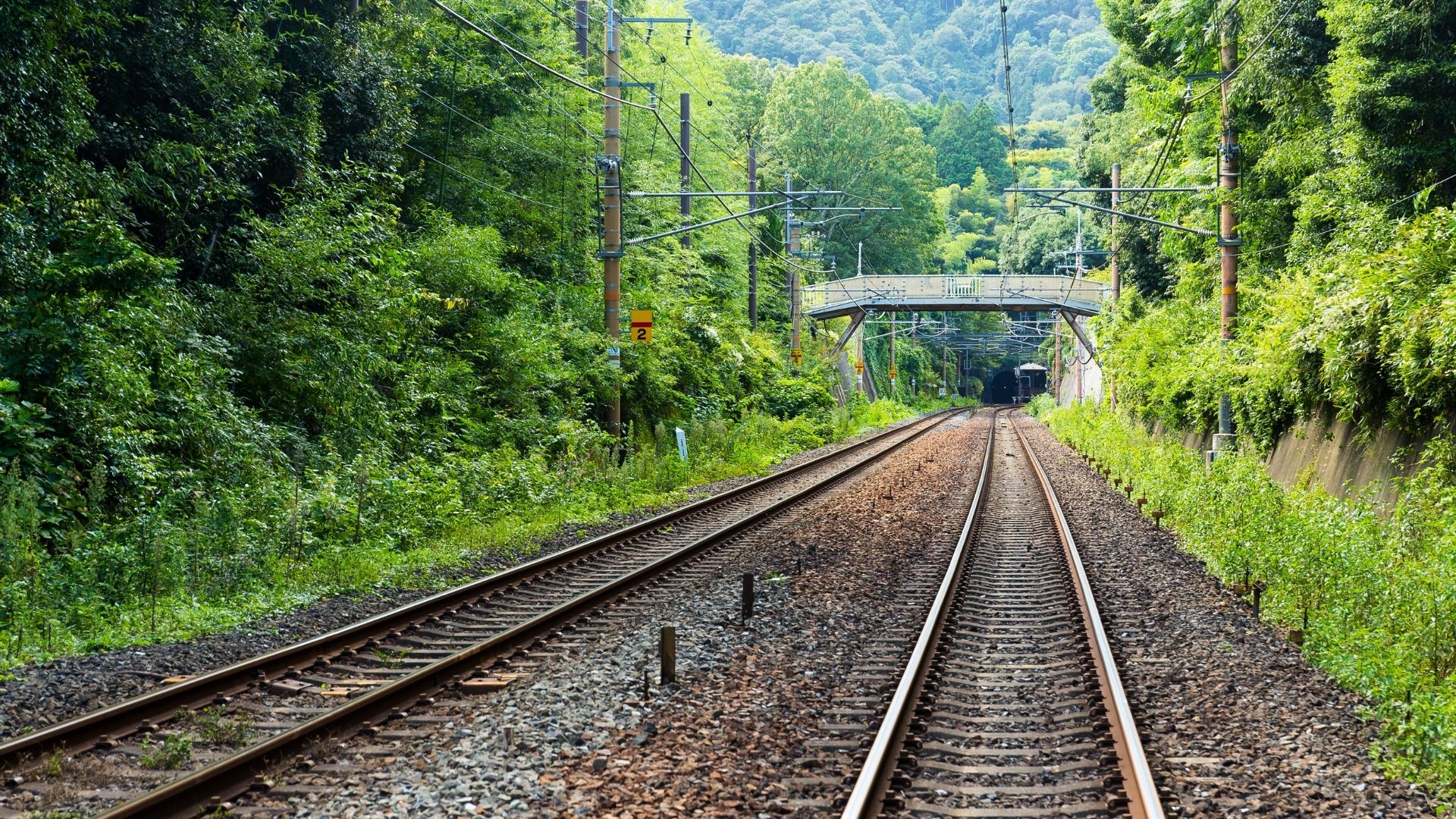

.png)
.png)
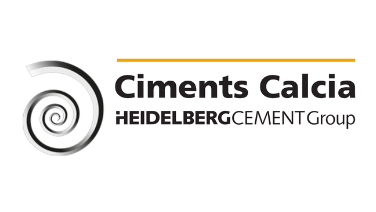
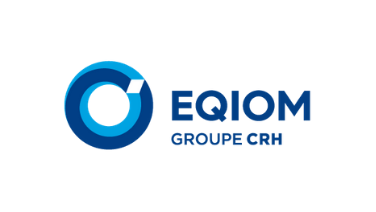

.png)
_47647493.webp)
